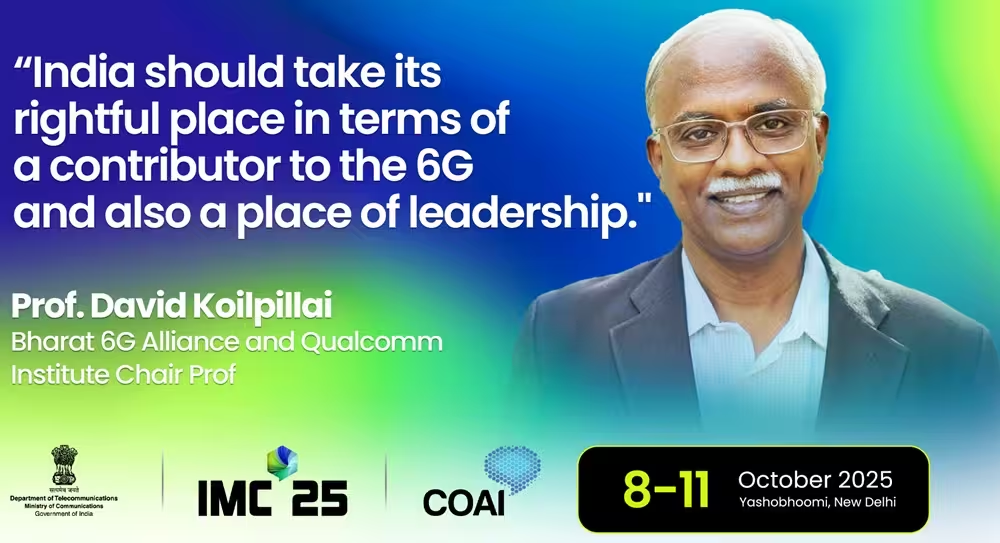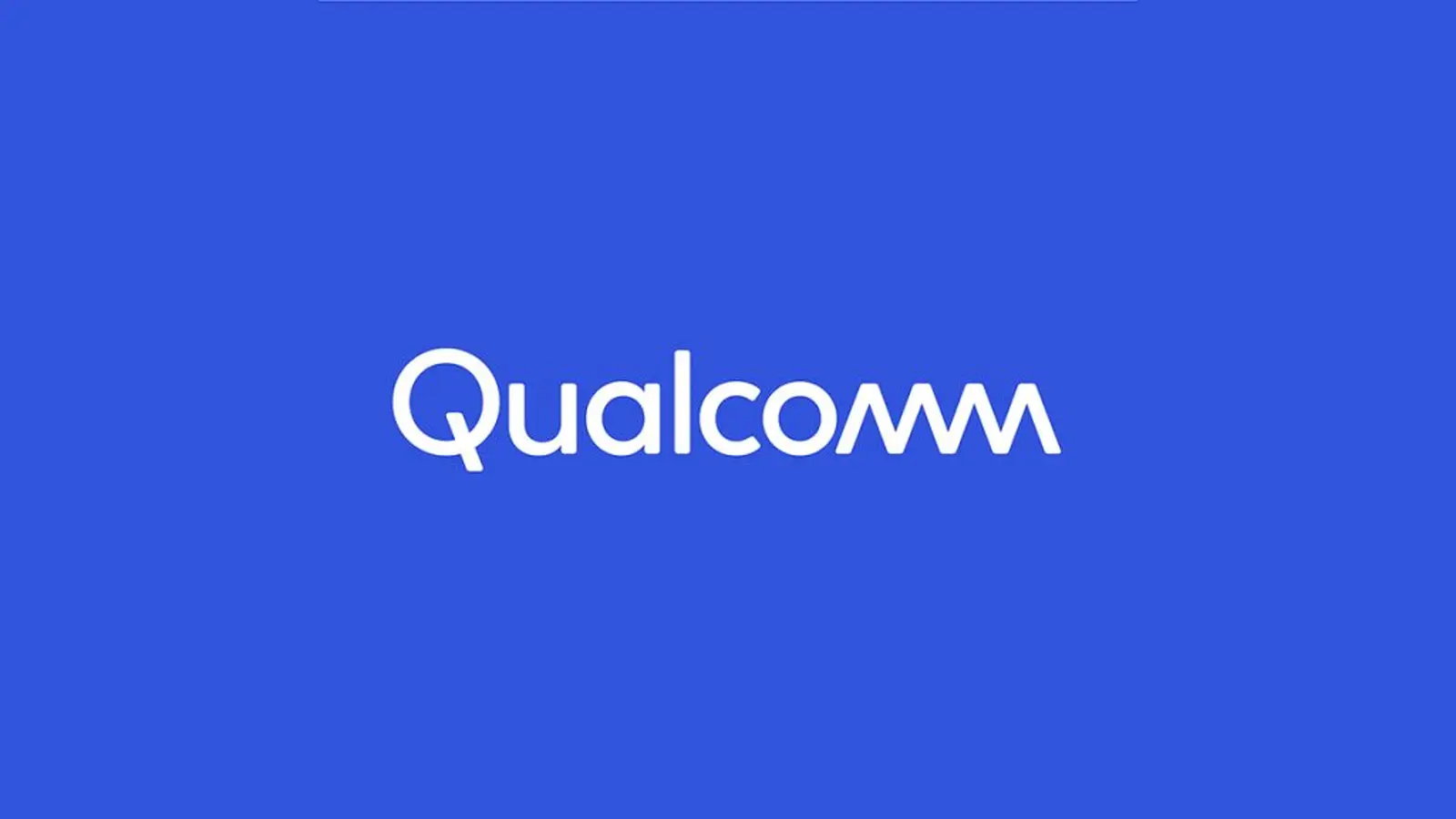4 Minutes
At India Mobile Congress (IMC) 2025, Qualcomm India put a spotlight on technologies designed to accelerate the country’s digital transformation. From Edge AI and early 6G research to smart home solutions and hands-on developer programs, Qualcomm framed an India-first roadmap for devices, enterprises, and infrastructure.
Edge AI and 5G: The backbone of India’s next wave
Qualcomm argued that Edge AI combined with 5G connectivity will underpin low-latency, secure experiences across sectors. Imagine smartphones and industrial handhelds making near-instant decisions on-device, or surveillance systems running smart analytics without sending all data to the cloud. That’s the promise on display.
- Real-time, low-latency AI on smartphones, industrial handhelds, and VSaaS analytics.
- Agentic AI and multimodal wearables—smartwatches, earbuds, and glasses that work together contextually.
- Connected vehicles and device-to-device intelligence enabled by fast, reliable wireless links.
Partners bringing products to life
IMC 2025 was also a platform for ecosystem announcements that reinforce Qualcomm’s “Make in India” and developer-first strategy.
- Coredge: Integration of Qualcomm Cloud AI 100 Ultra Cards with an AI Inference Suite designed for secure edge and sovereign-cloud deployment. Use cases span banking, manufacturing, retail, and public services where fast, private inference is essential.
- Lloyd (Havells Group): Connected air conditioners powered by the Qualcomm QCC743 platform, featuring Wi‑Fi 6, Bluetooth 5.4, and Thread/Zigbee. The demo underlines energy-efficient, interoperable smart home appliances tailored for local ecosystems.
- Ideaforge: Drones using the Qualcomm QRB5165 SoC showcased autonomous navigation, GPS‑denied flight, multi-camera SLAM, object tracking, and 5G connectivity—targeting defense, agriculture, industrial inspection, and smart cities.
Qualcomm AI Upskilling: Practical learning for developers
To scale on-device AI expertise, Qualcomm launched an AI Upskilling Program aimed at students, developers, and industry professionals. The initiative is practical and hands-on rather than purely theoretical, designed to get people building with real tools quickly.
- AI & ML Fundamentals: Deep learning basics, neural networks, big data concepts, and model training workflows.
- Edge AI Fundamentals: Differences between cloud, edge, and on-device AI and when to use each.
- Introduction to Generative AI: Practical primers for text, image, speech, and video generation.
- Qualcomm AI Fundamentals and getting started with Qualcomm AI Hub—an accessible platform for building on-device AI apps.
By combining curriculum with access to tools and partner platforms, the program aims to increase adoption of efficient, privacy-forward on-device AI across India.

Why it matters for India’s technology ambitions
Qualcomm framed IMC 2025 as more than a product showcase: it was a statement of long-term commitment. The company emphasized investments in local R&D, collaborations around semiconductor readiness, and skill-building to support the Semiconductor Mission and Make in India goals. These moves are meant to accelerate indigenous innovation while keeping security and scalability top of mind.
A leader’s perspective
Savi Soin, Senior Vice President and President of Qualcomm India, summed up the message: IMC 2025 reflects India’s digital momentum, and Qualcomm aims to lead with India-first technologies—from Edge AI and emerging 6G research to smart home and video security solutions. The company’s decade-spanning investments in R&D and people, she noted, are intended to unlock new possibilities across consumer, enterprise, and infrastructure segments.
For global observers and local developers alike, Qualcomm’s IMC presence signals a shift toward edge-first architectures, practical AI education, and partnerships that translate advanced silicon into everyday, locally relevant products.
Source: fonearena


Leave a Comment